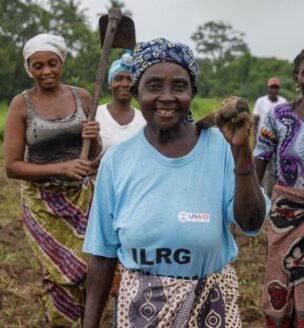USAID’s Policy on Promoting the Rights of Indigenous Peoples (PRO-IP) guides development practitioners to strengthen the design and management of programs that affect Indigenous Peoples. By considering the ways that project design and activities may impact cultures, territories, resources, and/or livelihoods, the PRO-IP promotes thoughtful and direct engagement of Indigenous Peoples in the design, implementation and monitoring of projects to ensure the communities benefit, and that those benefits are in line with the communities’ self-determined development objectives. These efforts should contribute to deepening the impact of activities and creating more sustainable outcomes by effectively and appropriately partnering with Indigenous Peoples and addressing their challenges throughout the program cycle.
Making the Case for Engagement
Indigenous Peoples number over 370 million across the world. Indigenous Peoples inhabit 20 percent of the earth’s territory, acting as stewards of a wide range of critical ecosystem and for much of the planet’s biological diversity. These communities are sources of knowledge about traditional resource management strategies that are sustainable and about livelihoods that are compatible with the conservation of some of the earth’s most vulnerable ecosystems. Indigenous Peoples’ knowledge systems hold the potential to contribute solutions to global health and food security challenges, and Indigenous Peoples’ support for climate change mitigation and adaptation is already well documented.
Despite these strengths, Indigenous Peoples remain among the world’s most marginalized populations, and often face systematic exclusion from their nation’s social, economic, and political systems. Meaningful engagement of Indigenous Peoples as partners in the development process is an essential part of conflict management and resolution, enhancing governance and human rights, reducing poverty, and sustainable environmental management. Where Indigenous Peoples are potentially impacted by development activities, practitioners and implementing partners should address the challenges and disadvantages faced by the communities, and work with them through their own representative institutions, so that their contributions may help achieve development objectives.




